ACT, Inc. launched the PreACT several years ago. While most high school students know about the PSAT, we often get calls with questions from those new to the PreACT, such as: What is it? Who is it for? and Can the PreACT serve as an ACT diagnostic test?
Let’s address these questions and set the stage for the PreACT in 2021-22.
What is the PreACT?
In a nutshell, the PreACT is ACT Inc’s answer to the College Board’s PSAT 10. It is a shortened, scaled-down version of the ACT covering a narrower range of content than the official ACT. Like the PSAT, it is administered by schools.
The range of PreACT scaled scores is 1–35. The PreACT scores can be compared directly to the ACT’s scores on the 1–36 scale. For example, a score of 25 on the PreACT indicates the ability to score 25 on the ACT at that point in time. The PreACT score report also includes predictive scores, which estimate how 10th grade students will perform on the ACT in their junior year, 12–18 months later.
Who is the PreACT for?
The PreACT is generally taken by sophomores. Some schools offer the PreACT as it gives students practice taking standardized tests under simulated conditions and an exposure to the types of questions and content covered on the ACT.
Can the PreACT serve as a stand-in for an ACT Diagnostic?
Due to certain limitations of the PreACT, we recommend that it not be used in place of an ACT diagnostic. While the PreACT gives students some exposure to the test, its question types, and formatting, it is too different from the full-length ACT to provide a realistic sense of the ACT testing experience.
The main limitation of the PreACT as a sample ACT test is its length. The ACT is what’s known as a “time test,” designed so that the average student will not be able to reach every question within the time limit. (The SAT is a “power test,” meaning the primary challenge is in the difficulty of the questions.) But the PreACT has a much less challenging time limit. Compare the two:”Differences Between the PreACT and ACT”
| Section | PreACT | ACT |
|---|---|---|
| English | 45 questions 30 minutes | 75 questions 45 minutes |
| Math | 36 questions 40 minutes | 60 questions 60 minutes |
| Reading | 25 questions 30 minutes | 40 questions 35 minutes |
| Science | 30 questions 30 minutes | 40 questions 35 minutes |
As you can see, the pacing is much more of a challenge on the ACT, where the sections are longer in duration and students have comparatively less time per question than on the PreACT. For example, on the PreACT Math section having 40 minutes to answer 36 questions is a very different testing experience than the ACT Math which asks students to answer 60 questions in 60 minutes. Not surprisingly, most students report feeling rushed while working through the ACT for the first time, but we rarely hear that about the PreACT.
Should I take the PreACT?
It’s never a bad idea to get more comfortable with the testing experience and more familiar with the ACT question types. But, if you would have to pay for the test, or would miss an important extracurricular activity to take it, we do not think the experience will be worth the sacrifice. Because the PreACT is not associated with a scholarship as the junior-year PSAT/NMSQT is, you won’t miss out on any opportunities if you skip it, other than the exposure. Summit’s diagnostic ACT tests are offered frequently and at no charge, so you might as well do that instead.



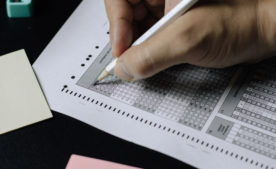


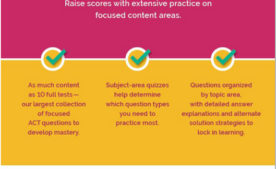
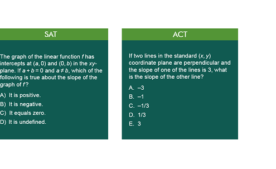
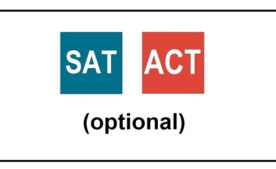










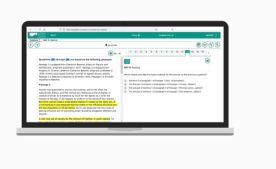








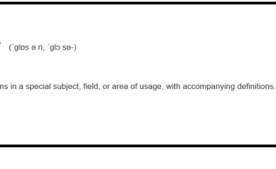
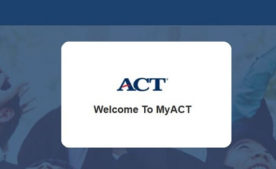






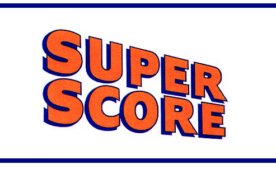
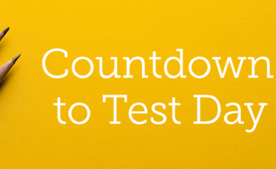


I am interested in having my 10th grade son take the PREACT test. Can you lease send me a list of high schools that offer this test in Massachusetts
Hi Katie. Thanks for writing in with your question. Unfortunately, for now students are only able to take the PreACT if their school offers it. ACT does not currently offer students and families the ability to sign up for and take the test on their own. The best way to determine how well your student will fare on the ACT – much better than taking the PreACT – is to have your student take a diagnostic ACT. We offer students and families the opportunity to sign up for and take practice tests out of our MA, CT, and NY offices (and other select locations in Southern New England) just about every weekend throughout the year. If you don’t live near a Summit test site or are unable to come in to take a test with us, we’re also happy to send a test home so your student can take it on their own time. To register for a free proctored practice test through Summit, please visit our FREE practice test signup page.